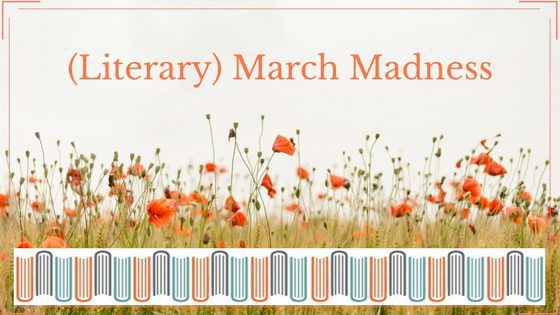 In continuation of our Literary March Madness, part two focuses on female authors. Read on for brief looks at Emily Dickinson, Sylvia Plath, and Virginia Woolf.
In continuation of our Literary March Madness, part two focuses on female authors. Read on for brief looks at Emily Dickinson, Sylvia Plath, and Virginia Woolf.

Emily Dickinson
Courtesy of the Emily Dickinson Museum
DICKINSON
Though Emily Dickinson is today considered a highly influential American poet, heracclaim had not spread far during her life. Though many factors likely contributed to this, the dual facts of her prolific writings remaining uncirculated and unpublished until they were posthumously found and her own recusal from much of society certainly played their parts. Early in her life, she had found herself confronting ideas of morality; as close friends and family members died, allusions to illnesses, trauma, and melancholy filled her writings. Her poems “I heard a Fly buzz – when I died –” and “Because I could not stop for Death –” are among those which focus on the nature of death as ordinary and inevitable.

Virginia Woolf
Courtesy of the Virginia Woolf Society
WOOLF
Among the category of female authors schools may discuss is Virginia Woolf, whose works Mrs. Dalloway, A Room of One’s Own, and To the Lighthouse encounter questions of feminism and mental illness. Woolf’s life had periods of institutionalization and depression, often related to traumas she underwent. After completing her final manuscript, she committed suicide by filling her pockets with rocks and walking into a river. A Room of One’s Own takes the hypothetical situation of “Judith Shakespeare,” William’s sister, and posits that even if William had an equally talented sister, she would have been unable to attain the education or freedom to write and produce art that he had.
PLATH

Sylvia Plath
Courtesy of poets.org
Sylvia Plath’s work exists both in poetry and prose; her semi-autobiographical novel The Bell Jar is taught in literature classes while The Collected Poems won a Pulitzer. Plath was in and out of treatment for her depression throughout her life, including time spent in psychoanalytic treatment, electroshock therapy, and mental health institutions. After several failed attempts, she eventually committed suicide via carbon monoxide poisoning. While The Bell Jarfictionalizes many of her experiences, it follows closely enough to have purportedly caused unease among her family before its publication.
Many works of literature mention authors like Emily Dickinson, Virginia Woolf, and Sylvia Plath to suggest feminism in a reader who enjoys female authors and, often, to suggestion something “emo” about a character who enjoys these authors. Yet their influence has not been solely on female writing and has had aftereffects in society and on literature which wouldn’t be considered “emo.” So why do we read these authors as tropes used to represent a subset of reader?
The first part of Literary March Madness focused on some of the “madwomen” in classic literature. Next week, look out for the third and final post, about contemporary representation of female mental illness in literature.




